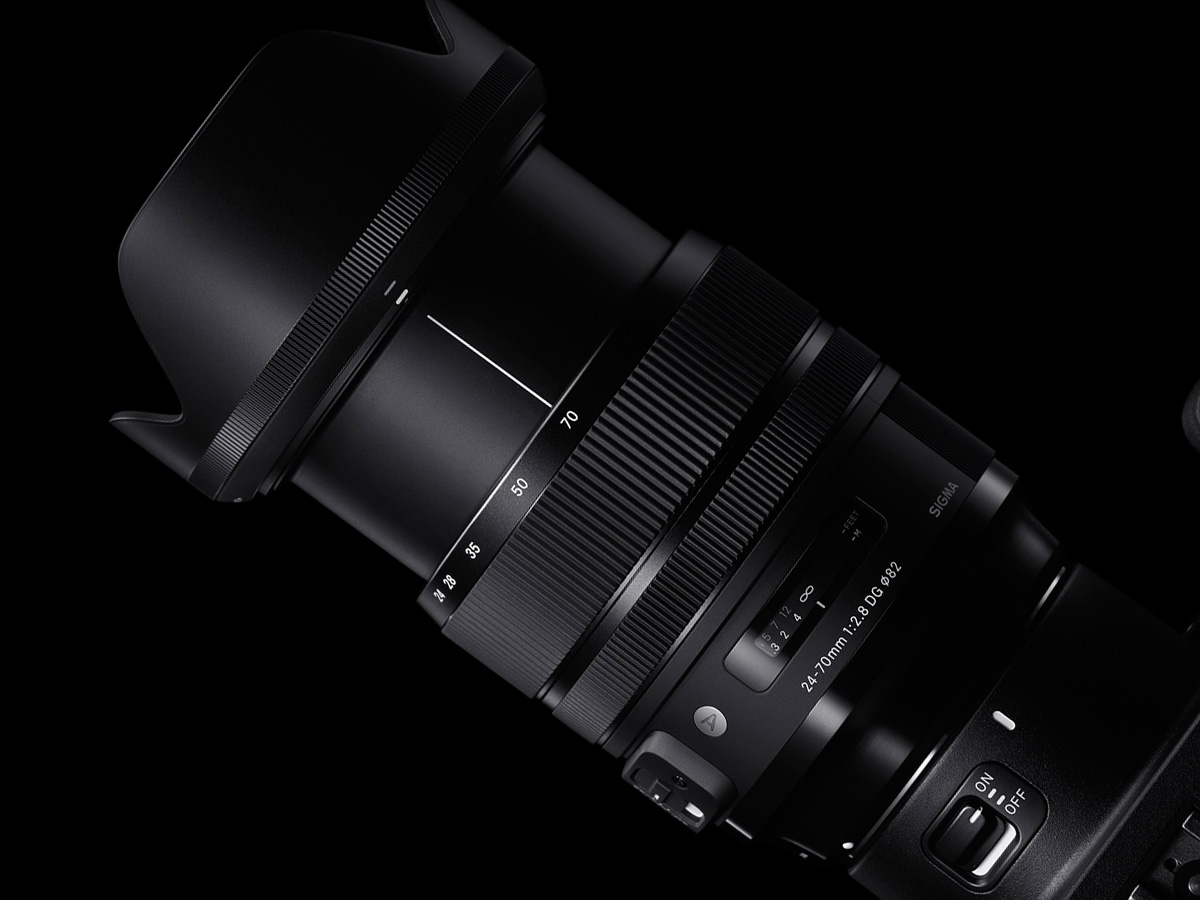
SIGMA fans have been clamoring for an Art line update of the 24-70mm F2.8 DG OS HSM | Art pretty much since the launch of the SIGMA Global Vision lines a few years back, and the completely redesigned full-frame, fast constant Aperture standard zoom with Optical Stabilizer is now here and is already shipping to the first batch of lucky photographers all across the world.
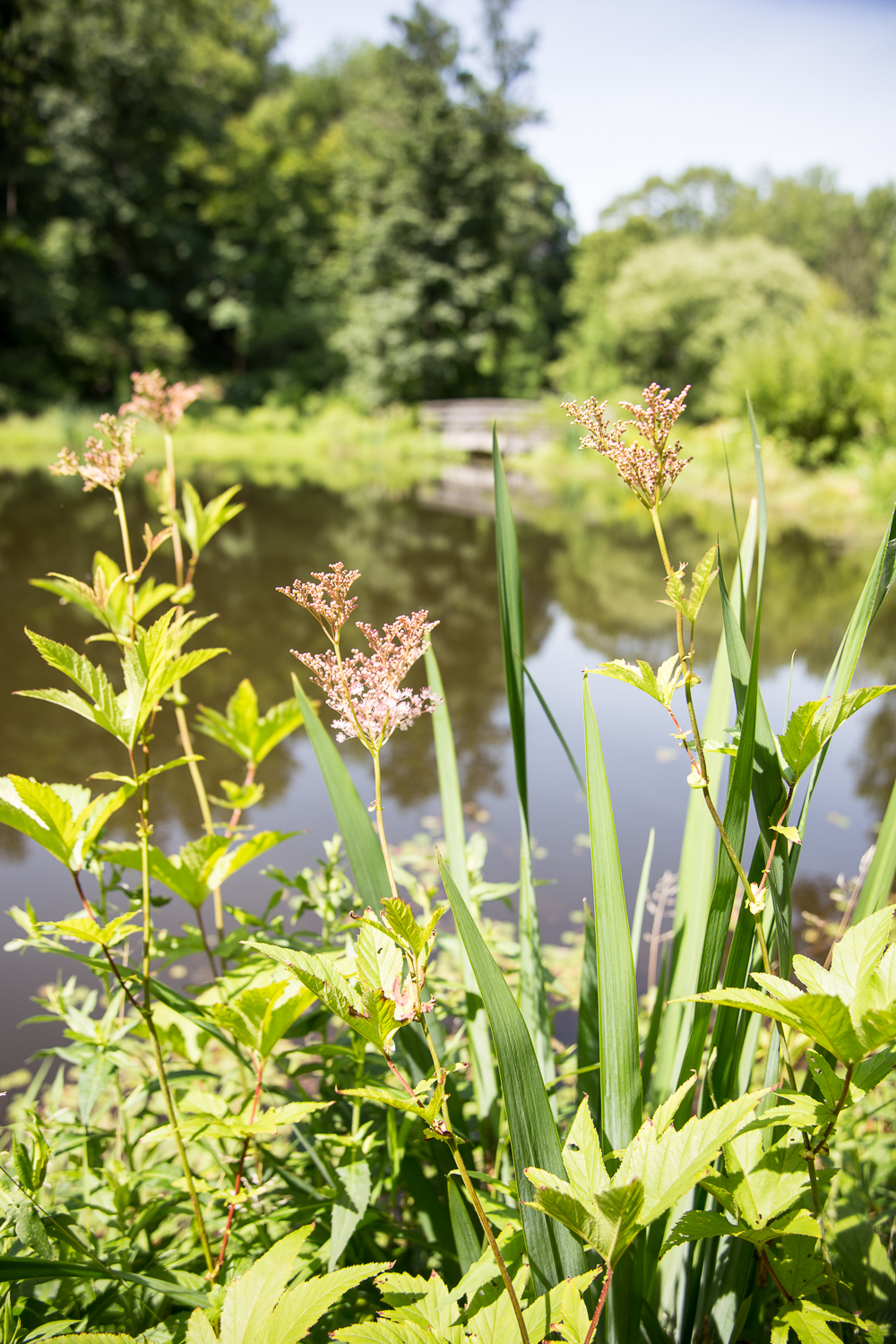

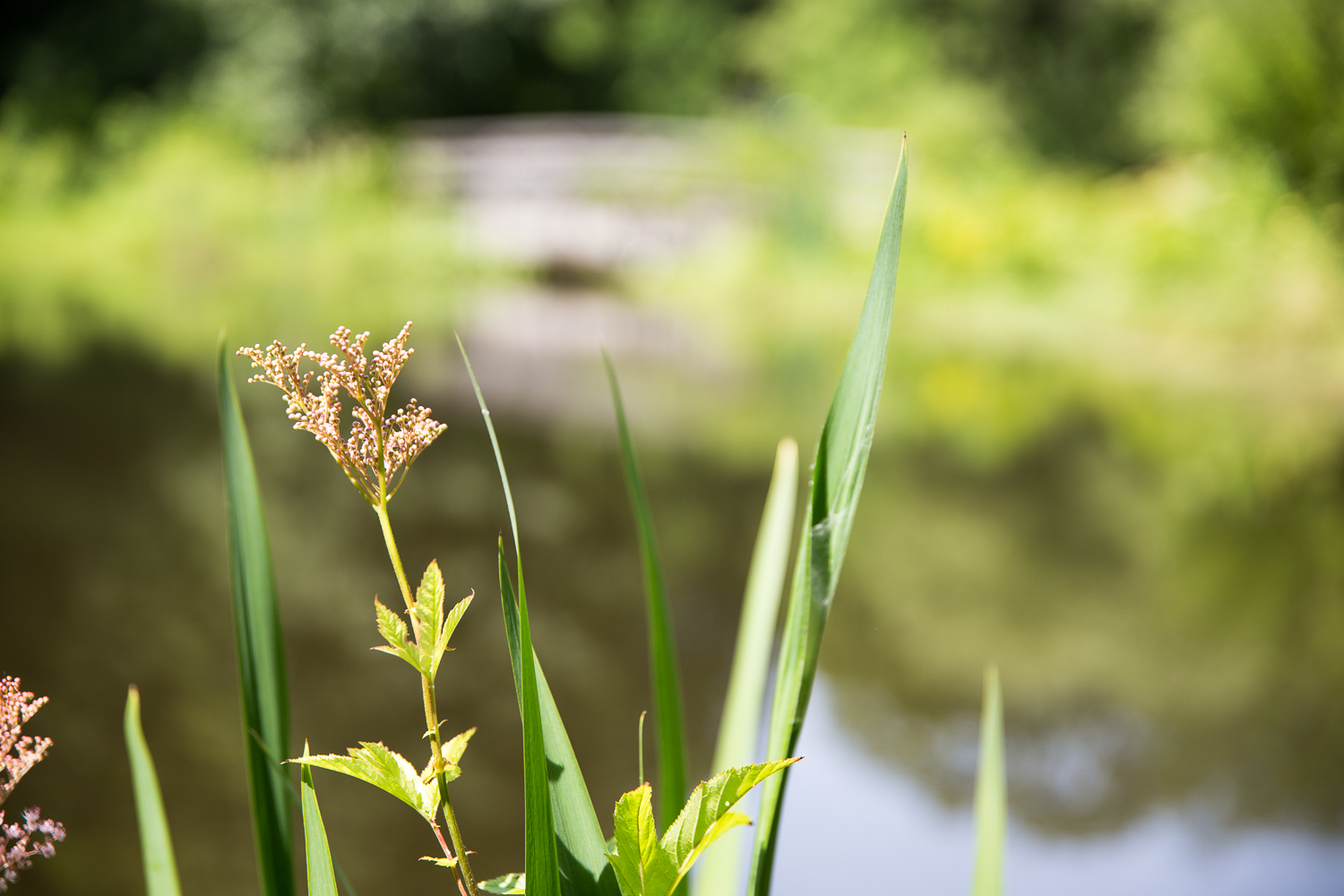
The SIGMA 24-70mm F2.8 DG OS HSM | Art is a serious overhaul of the the last generation 24-70mm F2.8 EX lens, which was itself a very highly regarded optic. We’ve set the standards very high for ourselves with the three new lens lines, and this newest zoom in the Art series delivers on those expectations without compromise. Wedding Pros, Photojournalists and any photographer who demand exceptional image sharpness and pleasing wide-aperture bokeh in the convenience of a relatively compact zoom package should be beyond pleased with this rock-solid new optic. And like all SIGMA lenses, it is made in Japan at our Aizu factory—and each and every unit is individually tested on the A1 MTF device for sharpness and optical performance.

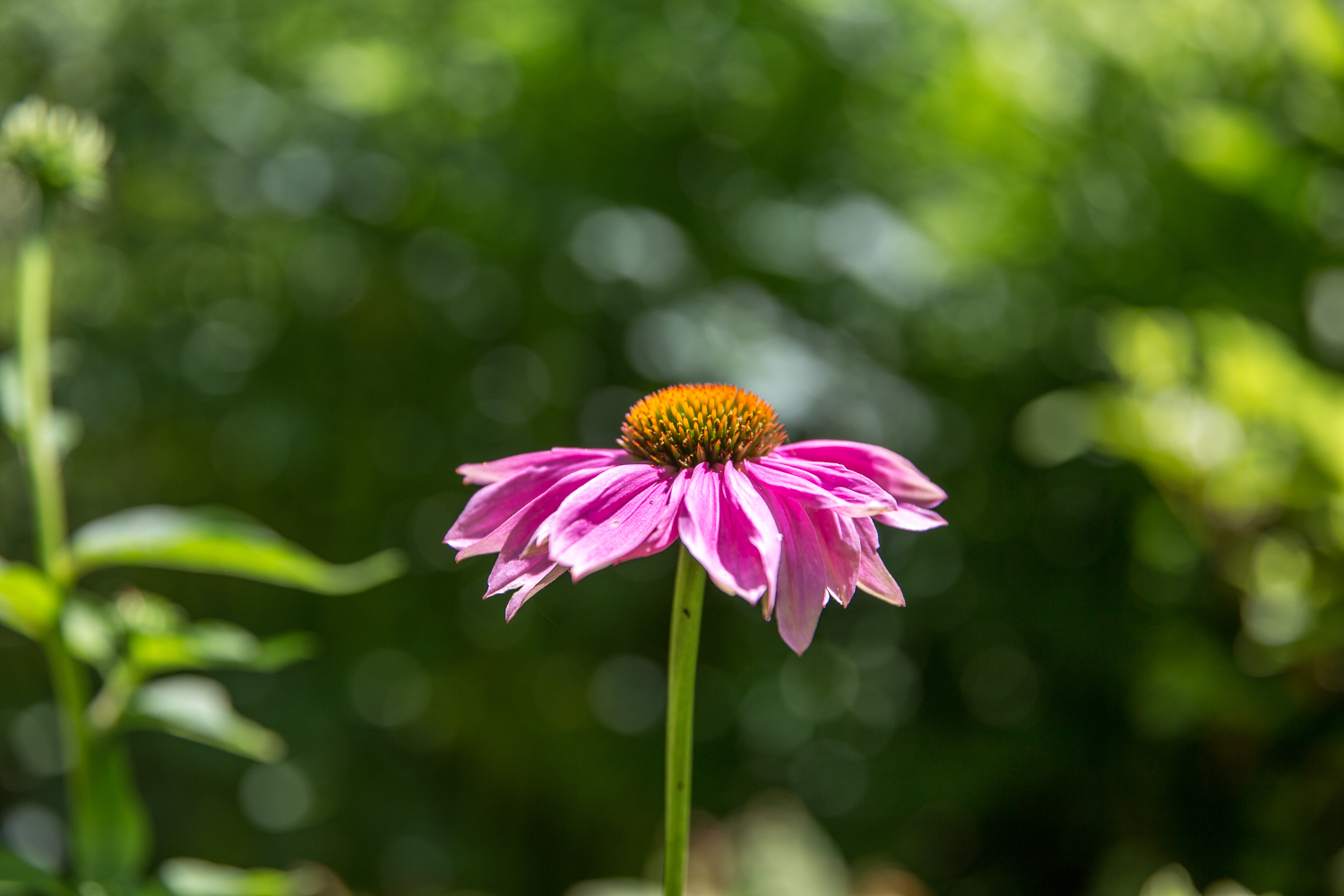
In the hands, the 24-70mm F2.8 | Art lens feels very similar to the 24-105mm F4 DG OS HSM | Art lens both in terms of size, weight and handling, and in overall fit and finish. The one inch focusing ring is closer to the camera body, and the wide zoom ring rotates counterclockwise approximately 90º as it zooms from widest to longest focal length. The barrel does extend, but does not rotate when moving out to 70mm. Optical Stabilizer and Manual/Auto/Manual Override switches are easily flicked with the left thumb while the lens and camera are at eye level. There’s zero zoom creep to be witnessed even with rigorous shaking of the lens both at 24mm and 70mm. The front filter thread diameter is 82mm. And the brass lens mount and weather-sealing gasket feel sturdy and confident when pairing the lens with a DSLR. Autofocus is extremely zippy in daylight, and is still quite responsive in very dim conditions so long as there’s a somewhat decent contrast edge to detect.
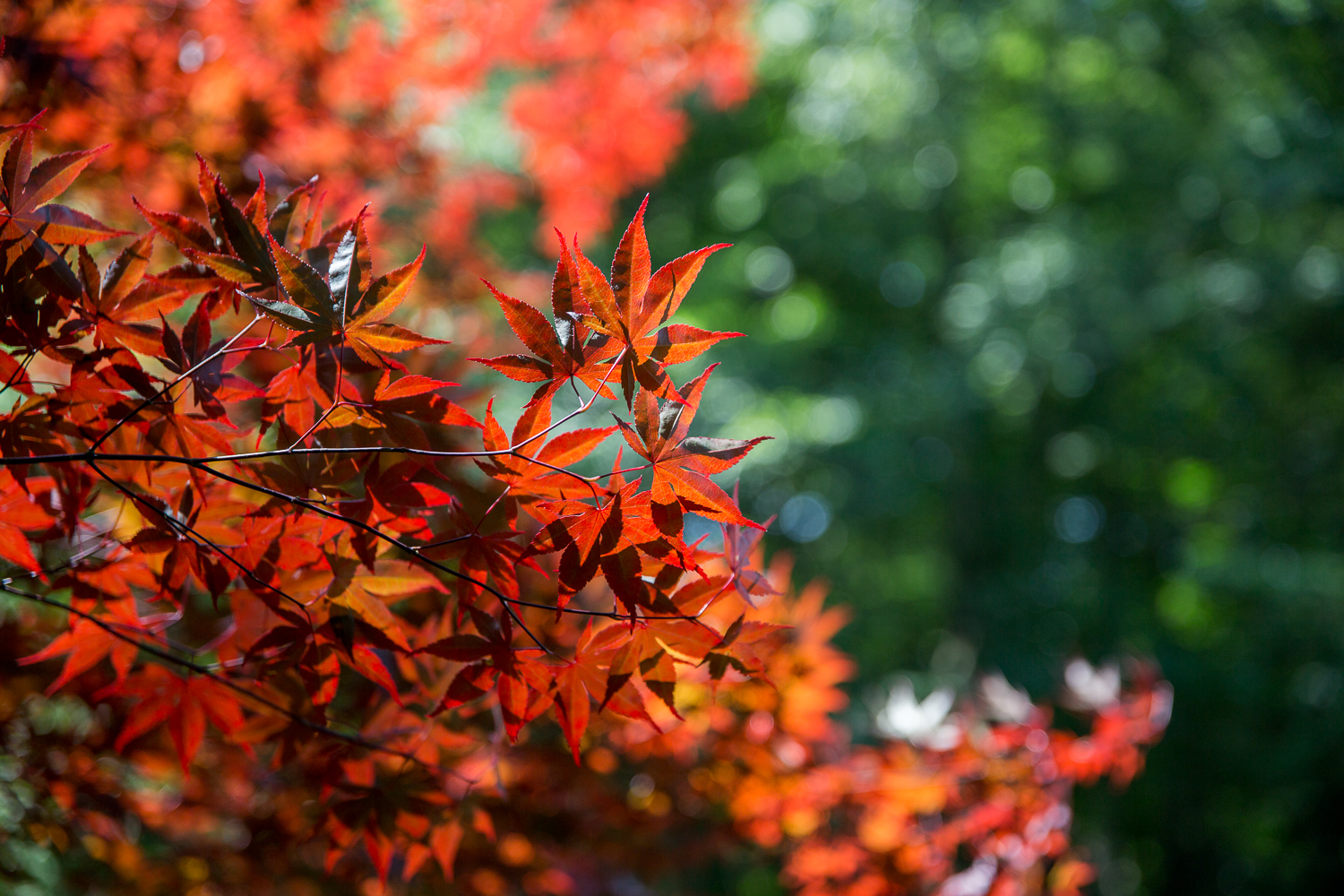
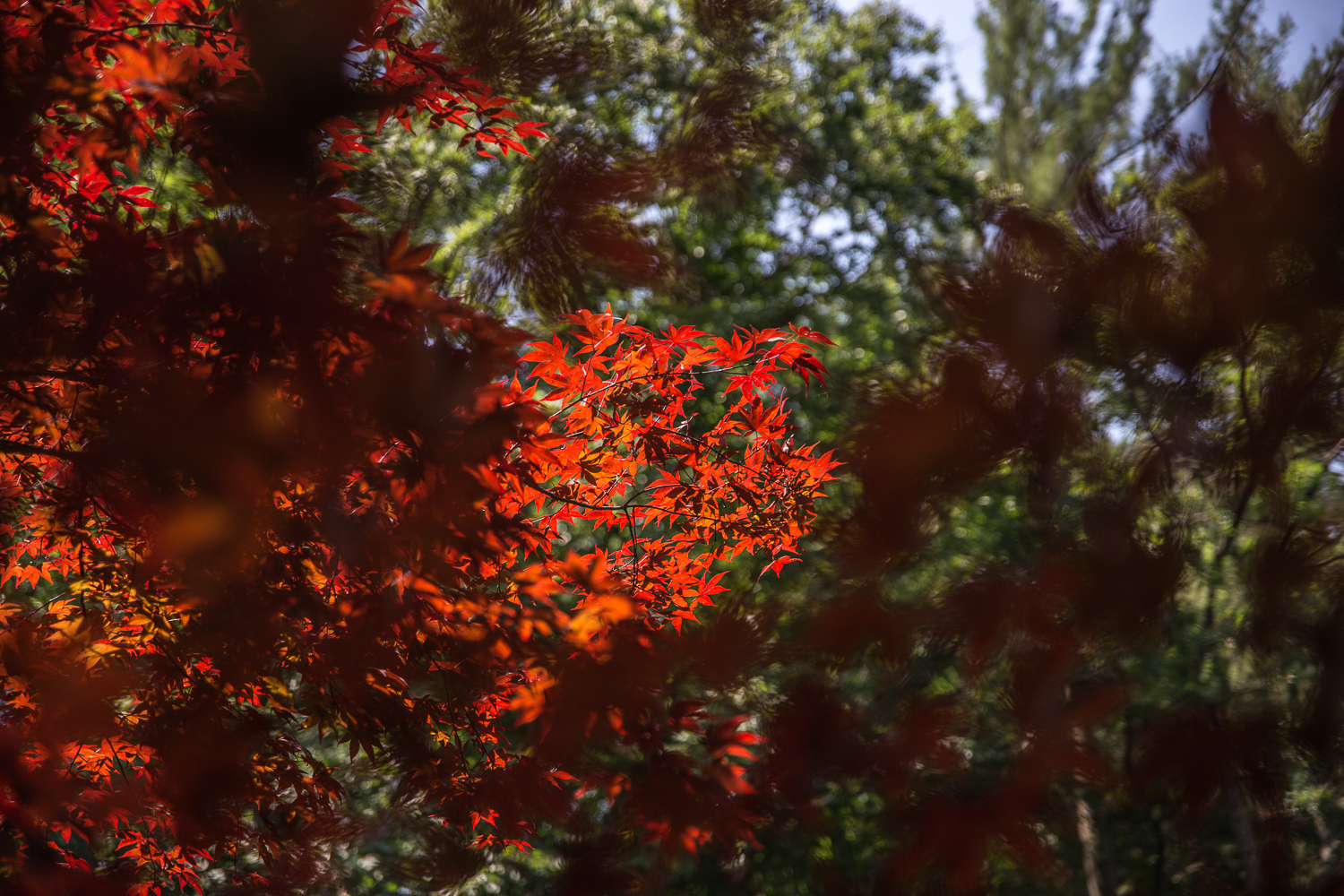
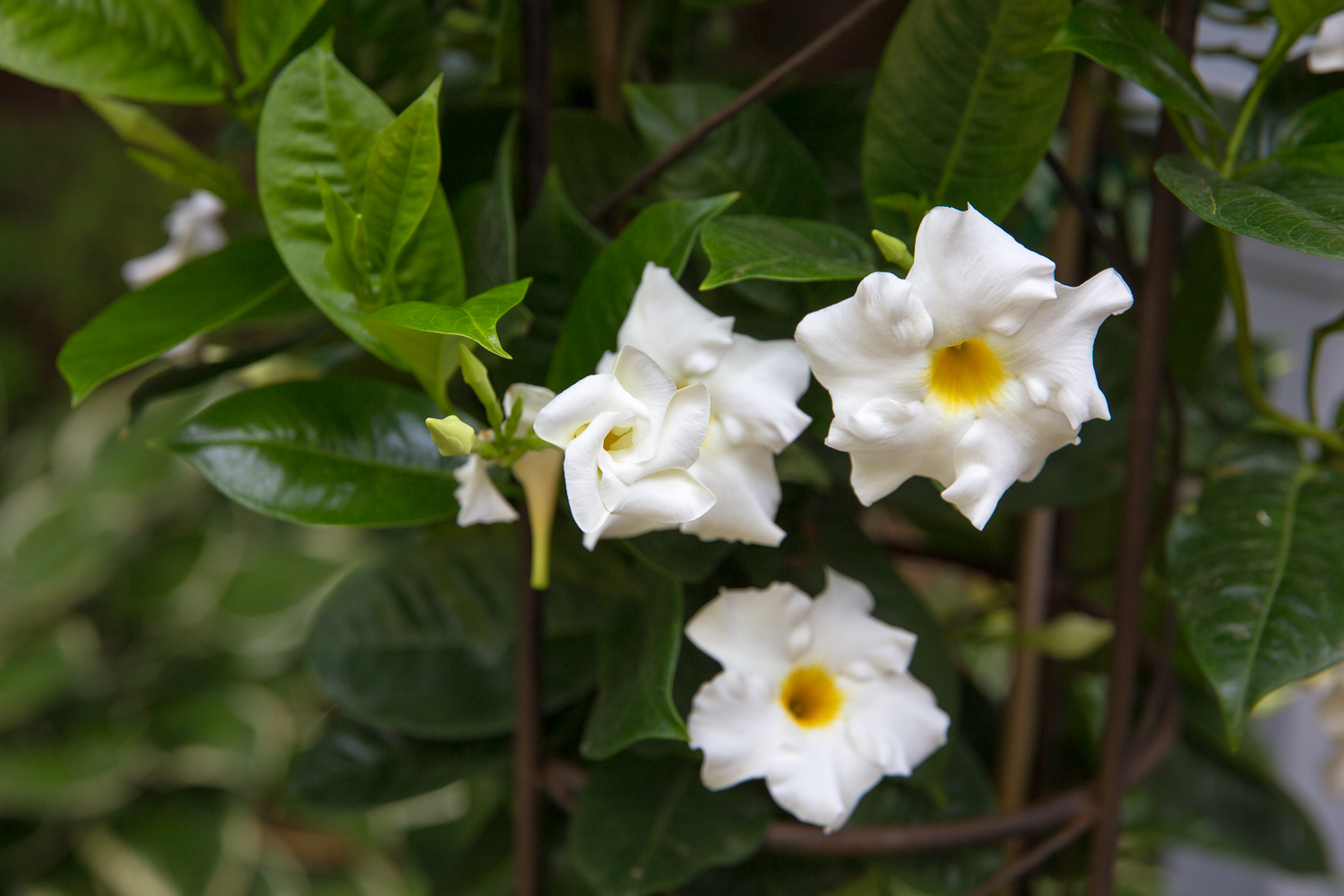
1/125 F5 ISO 100.
And when it comes to image quality—WOW—does this lens deliver! From wide to long it is razor sharp on the focal plane, with gorgeous defocused characteristics all along the way. That’s one of the hallmarks of the Art lenses, and the 24-70mm F2.8 proudly honors its pedigree with its optical performance. At maximum apertures for shallow depth of field, the results are simply stunning. Focal plane details pop and softened ground elements infuse and elevate the final image, and the bokeh can range from gently softened to abstract depending on focal length, focal distance and aperture, and the effects are quite lovely. This is not meant to be an exhaustive lens exploration—that will come later. This is a quick first impressions of the hand-feel and wide-open imaging characteristics of this new lens.
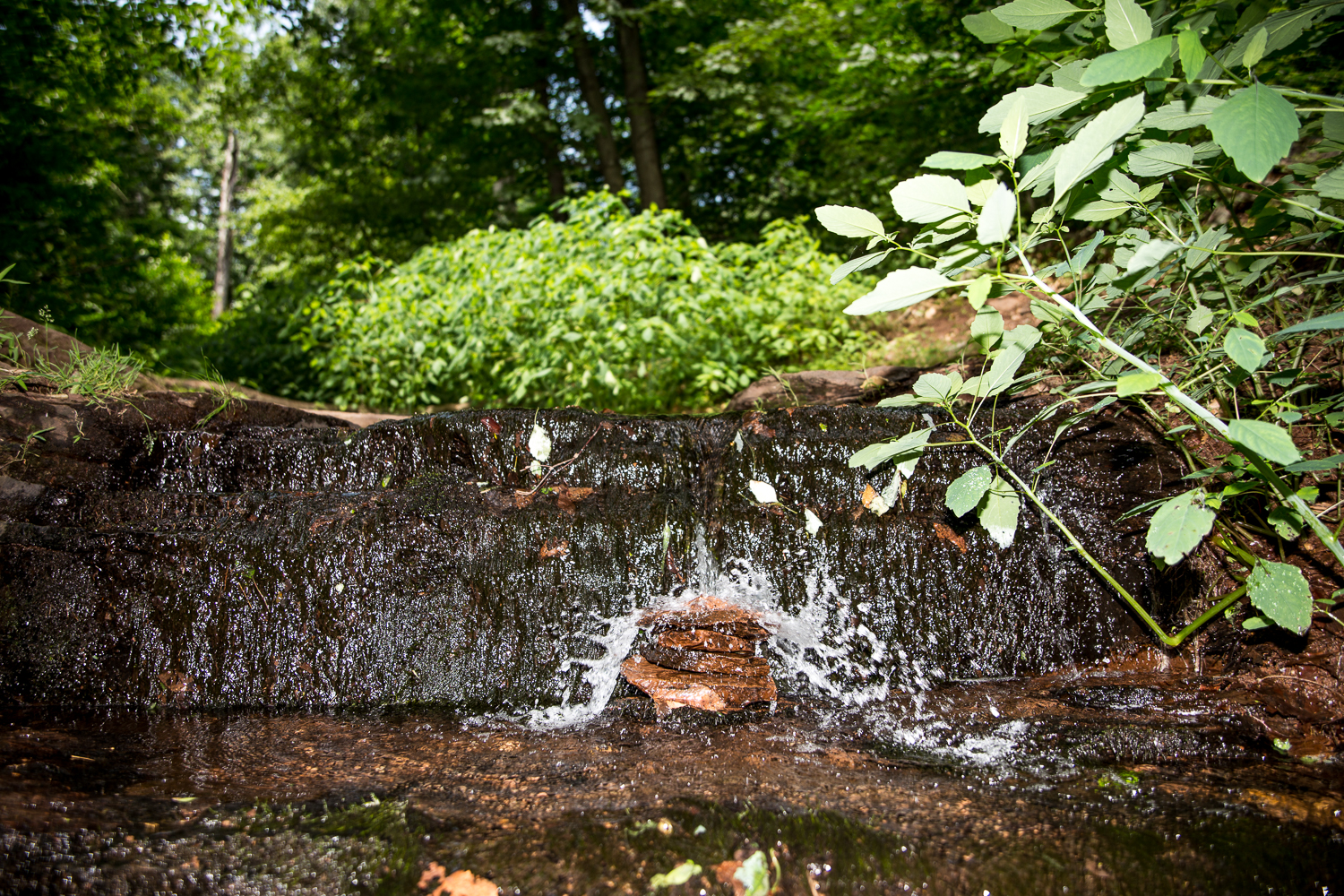

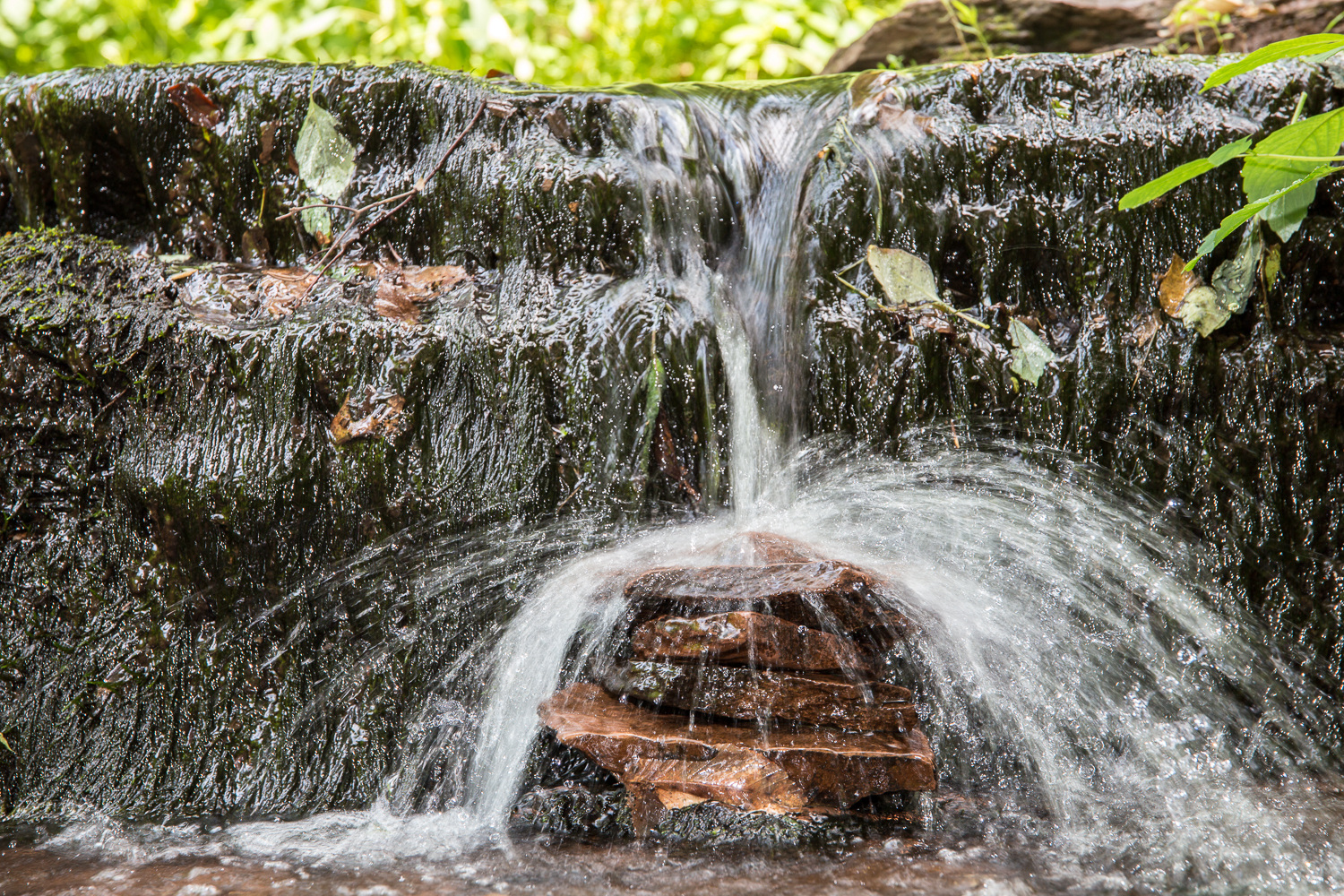
I visited botanical gardens to try out the lens, get a feel for the Optical Stabilizer, Autofocus and overall imaging characteristics, and I am very impressed. I had no trouble whatsoever nailing a sharp shot at 1/15 second at 70mm, 3 full stops under the focal length , while crouching in the stream of a small waterfall. The continuous AF followed blooms blowing in the breeze, and the background blur speaks for itself. I’ve lightly toned the images in Adobe Camera Raw for color, exposure, and contrast using global controls. No lens profile adjustments have been made to any image. As you can see, this lens delivers spectacular results!

We have a number of 24-70mm F2.8 | Art lenses in the hands of SIGMA bloggers. Stay tuned for updates and field reports from portraitists, photojournalists, and more imaging specialists putting this outstanding new standard zoom through its paces all summer long!


I have the 24-105 f4 Sigma Art. Is this lens any sharper, or less distorting than the 24-105 in the 24-70 range?
I bought a Sigma 24-70 back in 2007. It still is a versatile lens. When I can afford it I will update with the new art lens.
A wedding photographers dream Art lens. If the image quality is like the ART series it’s going to awesome.
I am one of the first lucky few, got my new Sigma 24-70 f/2.8 Art last Saturday…. Ran to Florida to shoot some really cool stuff. I’ll update with some shots next week when I get back. I’ll be shooting with my Nikon D750
I was able to get the Sigma 24-70 Art, I am extremely happy with it! I upgraded from Canon 28-70 L lens which was losing autofocus steam. I honestly can say the Sigma is sharper and has better bokeh. Autofocus is accurate and very snappy. I can’t even tell if the image stabilizer is on by the sound, I have to keep checking the switch. The lens is very very heavy, but I like that about it. I love how it feels well built. Not to mention cosmetically it is a very beautiful/contemporary looking lens.
I just received my October issue of the rangefinder magazine. Rangefinder has cosen the SIGMA ART 24-70 as the magazines EDITOR’S CHOICE, best lens.
I love mine and I’m also very happy for SIGMA. (Congadulations) for this first class lens.